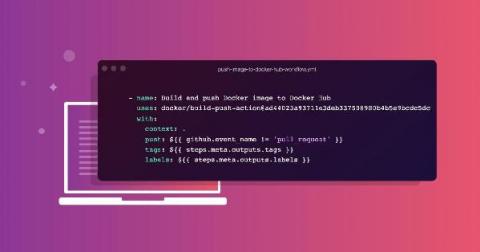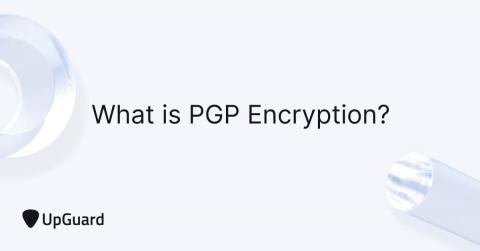What is HECVAT and Why is it Important?
Higher education has increasingly been attracting the attention of cybercriminals. In March, the FBI released an advisory in response to a barrage of ransomware attacks on schools, and Inside Higher Education recently reported that colleges and universities are becoming favorite victims of bad actors. It's not just colleges themselves that are being targeted; their vendors and third parties are being attacked in the hopes of compromising an institution’s data.










